Animals often display behaviors that are strikingly similar to our own. These surprising animal behaviors remind us of the complex and fascinating nature of the animal kingdom. They also highlight the many ways in which animals can exhibit traits and actions that we often consider uniquely human.
Elephants Mourn Their Dead
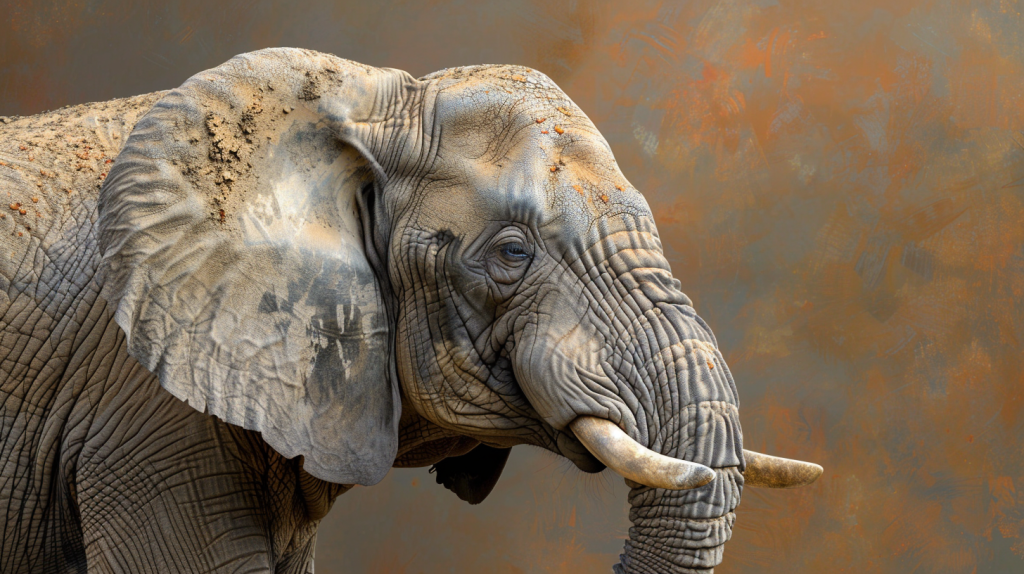
Elephants are known for their strong social bonds and emotional depth. When a member of their herd dies, they show signs of mourning. Elephants will touch and caress the bones of the deceased, stand vigil, and sometimes even cover the body with leaves and branches. This behavior suggests a deep sense of loss and respect for their dead.
Dolphins Use Tools
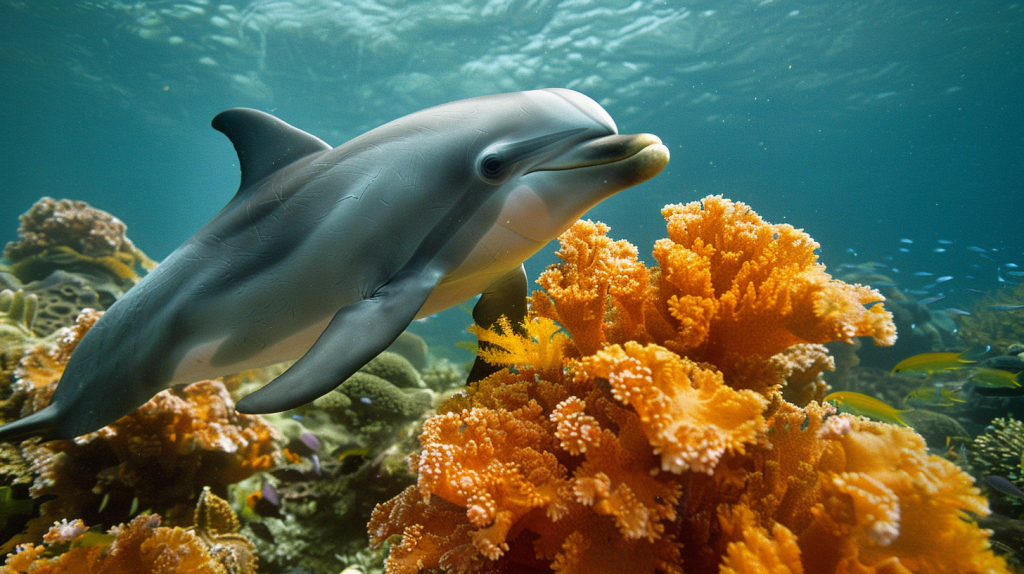
Dolphins are highly intelligent creatures that use tools in their environment. For example, some dolphins in Australia use marine sponges to protect their snouts while foraging on the seafloor. This tool use helps them avoid injury and demonstrates problem-solving skills similar to those seen in humans.
Crows Hold Grudges
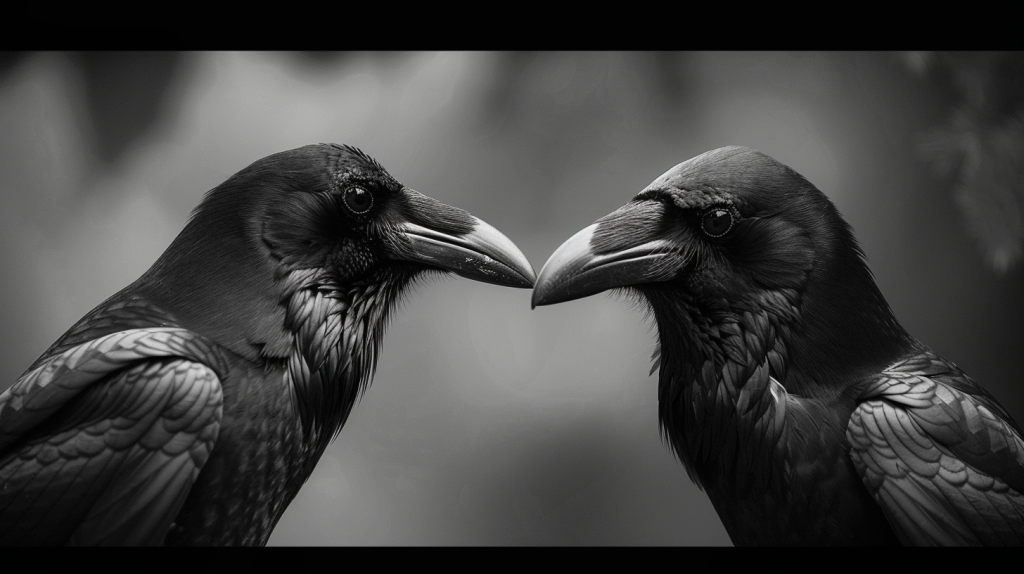
Crows are incredibly smart birds with excellent memories. Studies have shown that they can recognize human faces and remember those who have wronged them. They will often harass and mob individuals who they perceive as threats, even years after the initial incident. This behavior shows a complex understanding of social interactions and memory.
Dogs Experience Jealousy
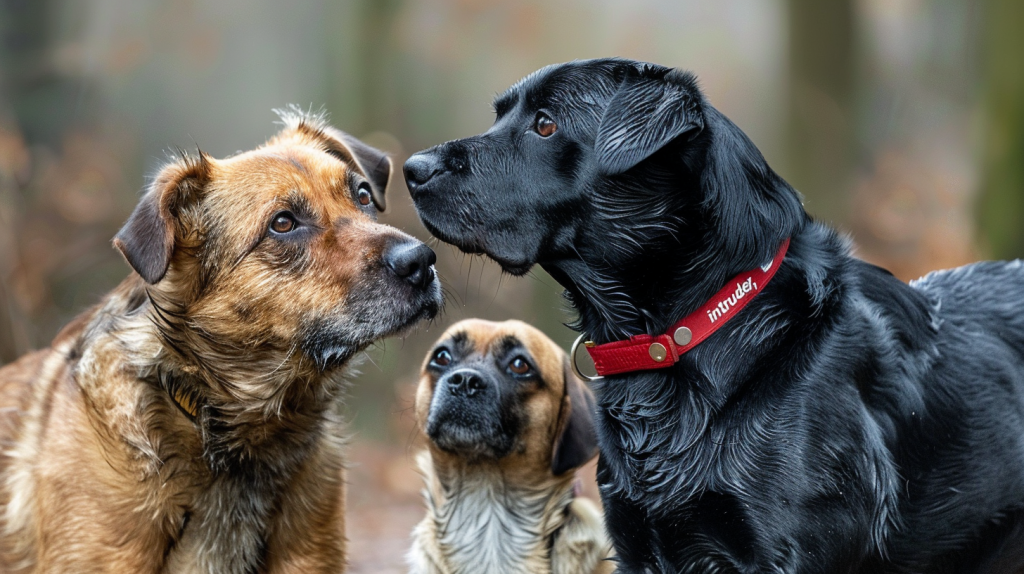
Dogs can feel jealous when they see their owners giving attention to another dog or person. They may push themselves between their owner and the “intruder,” bark, or show other signs of distress. This behavior is very similar to how humans experience and express jealousy in social situations.
Octopuses Show Playful Behavior

Octopuses are known for their intelligence and curiosity. In captivity, they have been observed playing with objects like toys or even making water jets to move things around for fun. This playful behavior indicates a level of cognitive sophistication and enjoyment that we typically associate with humans.
Prairie Dogs Have a Complex Language
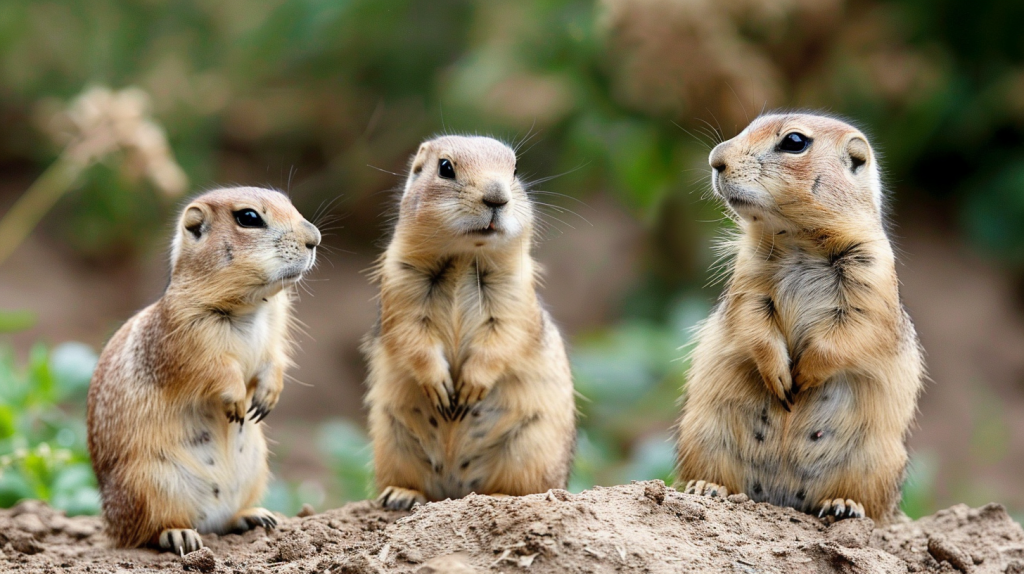
Prairie dogs have a sophisticated system of vocalizations that they use to communicate with each other. Researchers have found that they can describe specific details about predators, including their size, shape, and color. This complex language system is remarkably similar to human speech in its specificity and structure.
Chimpanzees Medicate Themselves
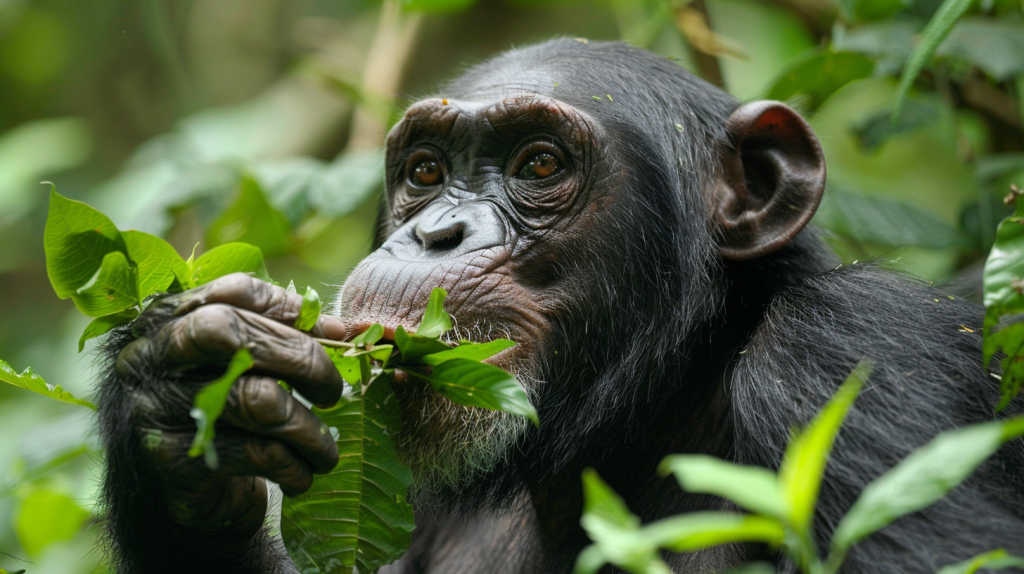
Chimpanzees have been observed using plants with medicinal properties to treat themselves for various ailments. They chew on certain leaves to treat intestinal parasites or rub specific plants on their fur to repel insects. This self-medicating behavior shows an understanding of natural remedies, much like humans use medicine.
Rats Show Empathy
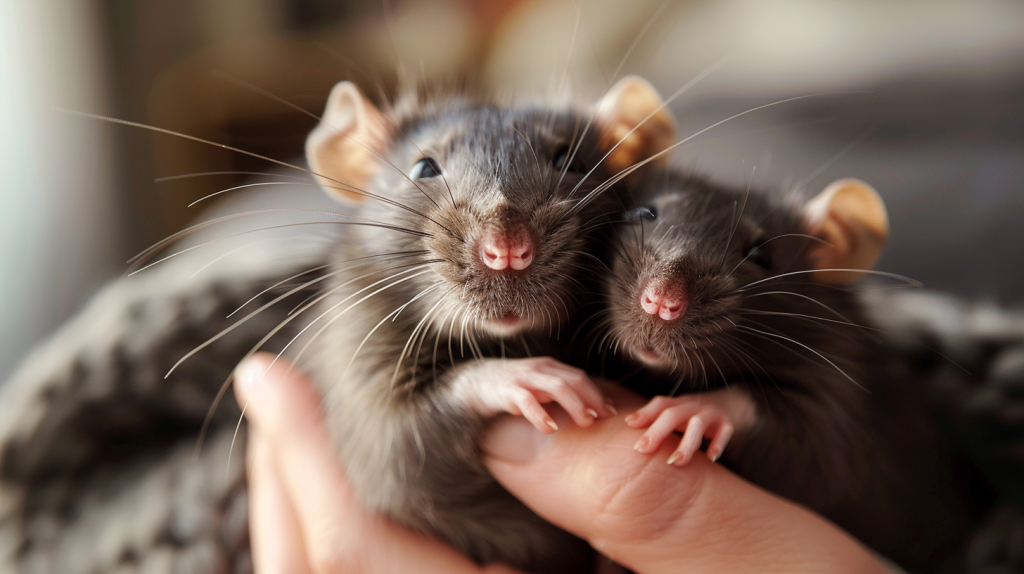
Rats have demonstrated empathetic behavior in scientific studies. When given the choice, they will often choose to free a trapped companion rather than access a food reward. This willingness to help others in distress suggests that rats are capable of empathy, a trait often considered uniquely human.
Cats Imitate Human Actions
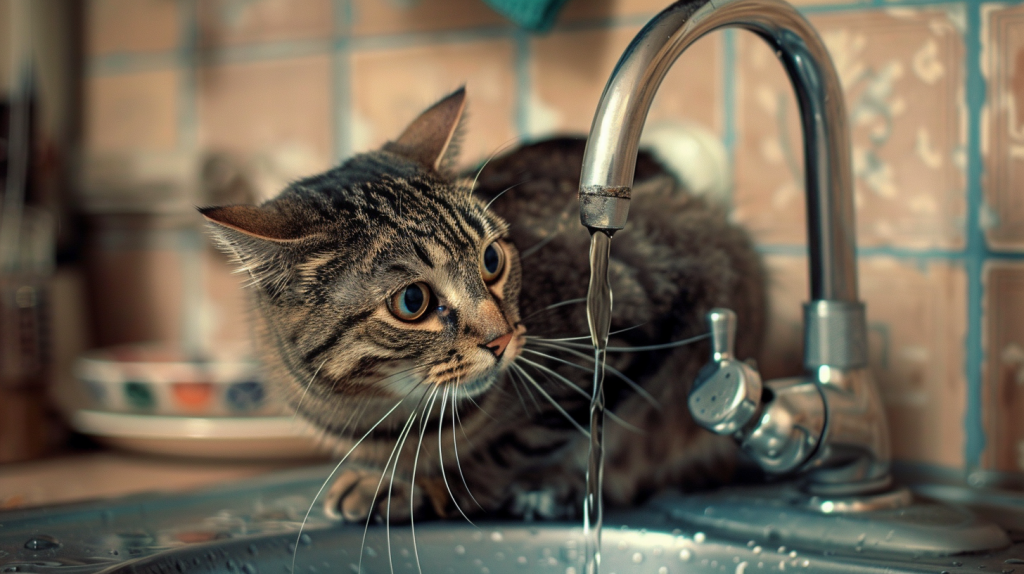
Cats often mimic their owners’ actions, such as opening doors or turning on faucets. This behavior indicates that they observe and learn from human activities, adapting them for their own use. It’s a sign of their intelligence and ability to understand and replicate complex actions.
Parrots Understand and Use Words
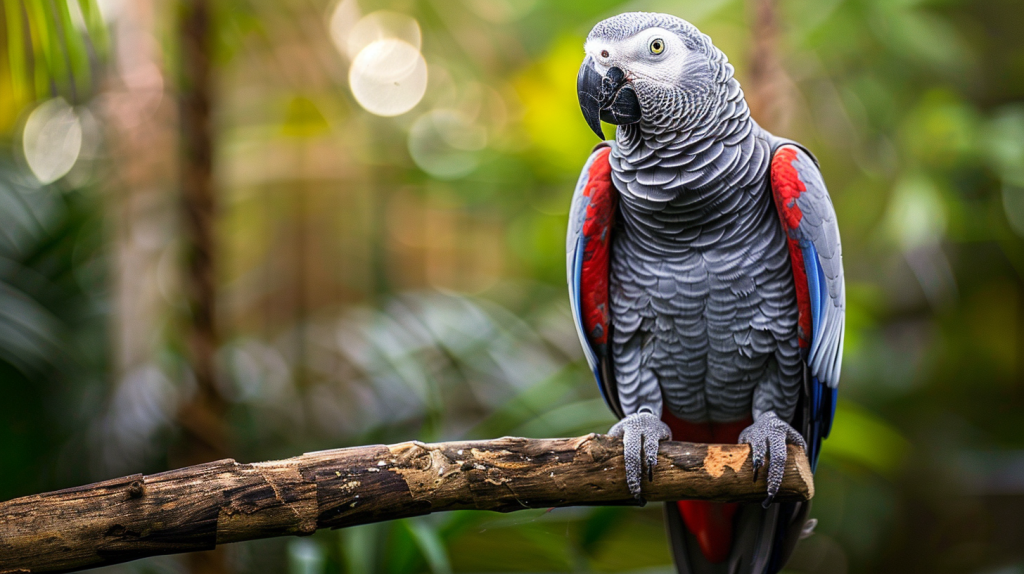
Parrots are famous for their ability to mimic human speech, but some, like the African Grey Parrot, can understand and use words in context. They can associate words with objects, actions, and even express their desires or emotions. This level of communication is astonishingly close to human language use.
Orangutans Craft Tools
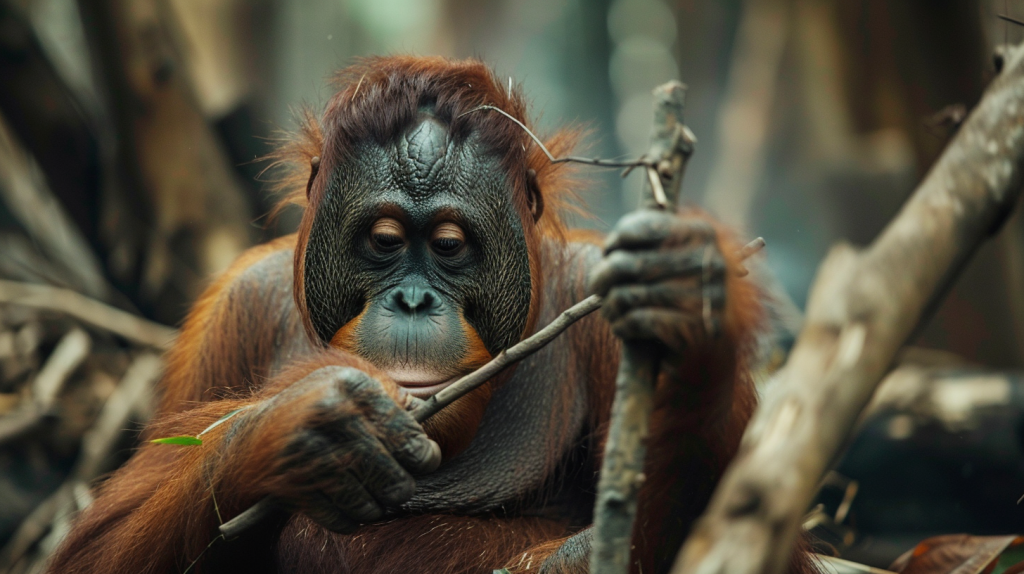
Orangutans have been observed making and using tools in the wild. They use sticks to extract insects from tree bark or to reach fruit. This ability to create and use tools showcases their problem-solving skills and cognitive abilities, mirroring human ingenuity.
Dolphins Call Each Other by Name
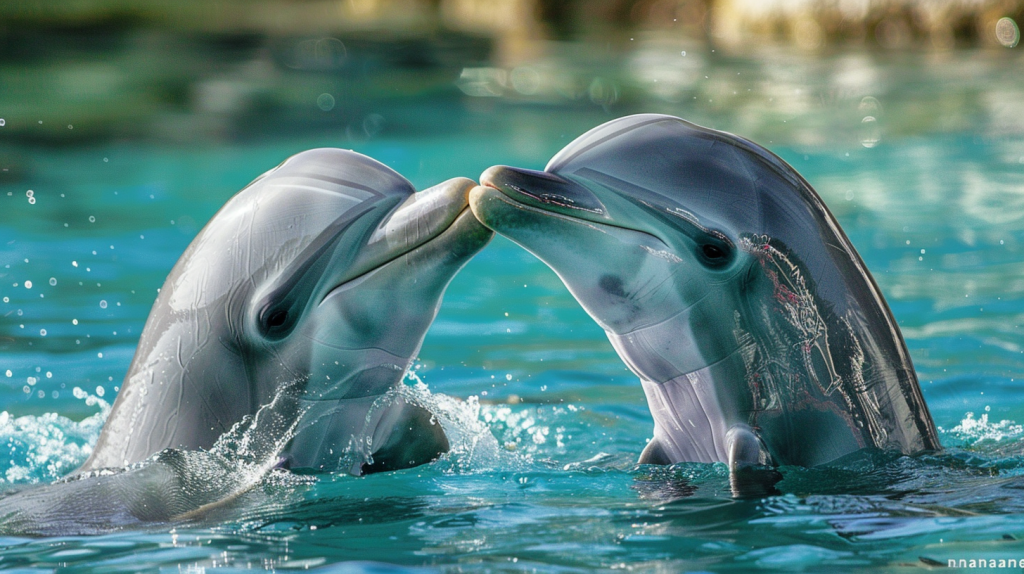
Dolphins use unique whistles to identify and call each other, similar to how humans use names. Each dolphin has a distinct whistle that serves as its “name,” and they respond to these calls from their peers. This behavior highlights their complex social structure and communication skills.
Bonobos Share Food
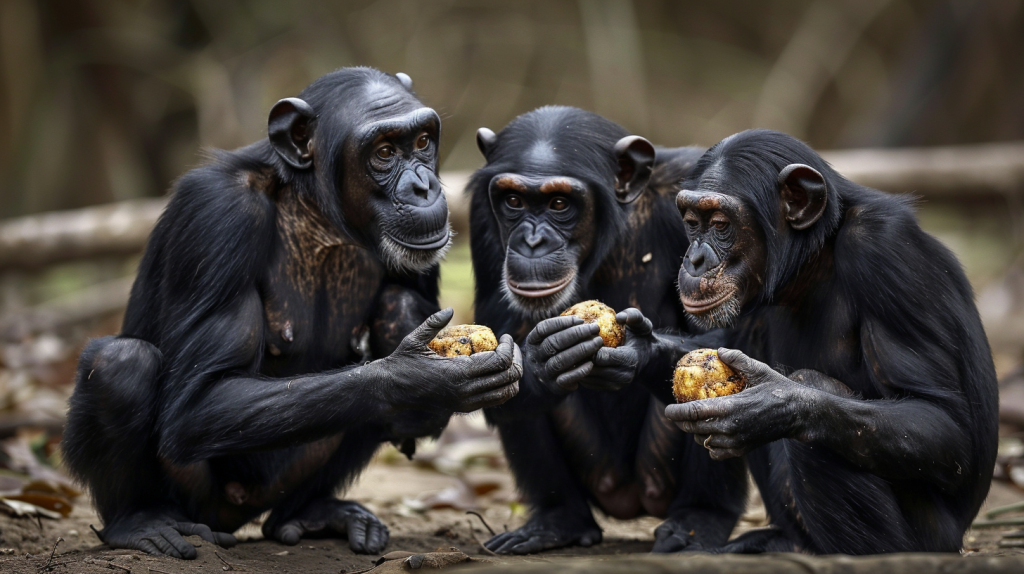
Bonobos, close relatives of chimpanzees, are known for their cooperative and peaceful behavior. They share food with others in their group, even when not related by blood. This sharing behavior is akin to human social practices of generosity and communal living.
Bees Perform Democracy
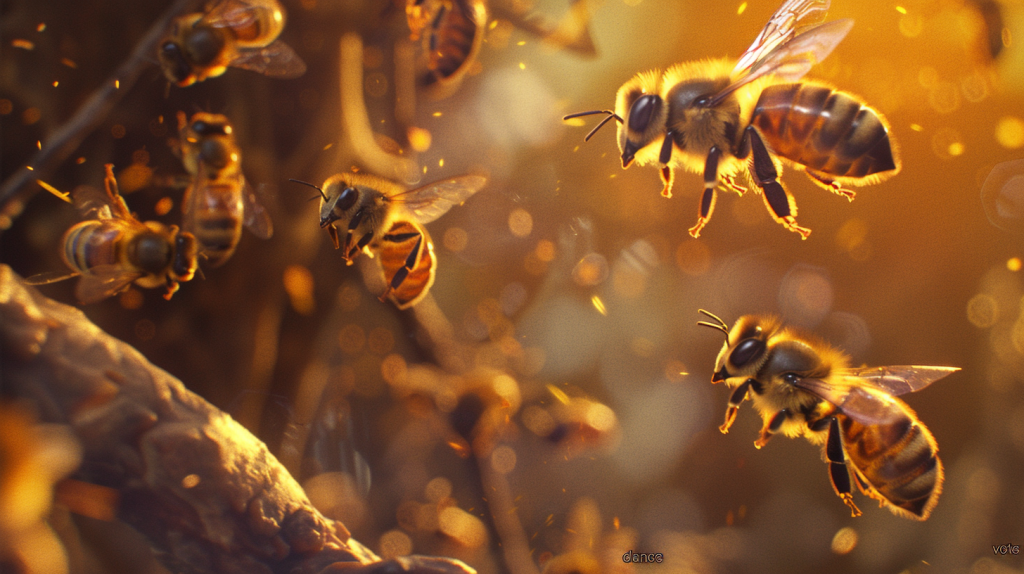
When a bee colony needs to find a new home, scout bees explore potential sites and then “dance” to communicate their findings. Other bees observe these dances and “vote” by joining the dance they agree with. This democratic decision-making process ensures the best site is chosen, showcasing collective intelligence.
Elephants Use Tools
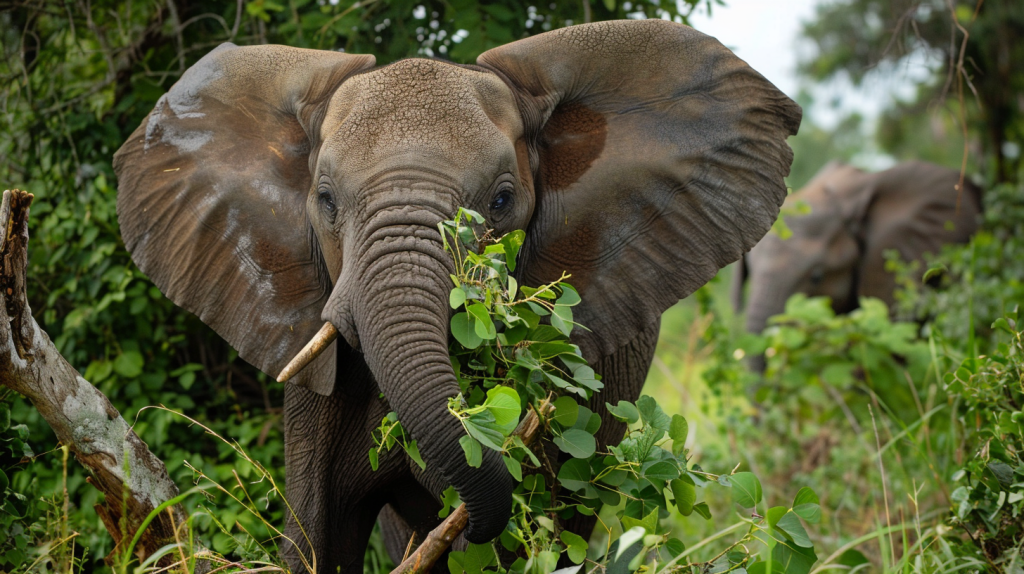
Elephants use branches and leaves as tools to swat flies, scratch themselves, or even as weapons. This tool use demonstrates their problem-solving abilities and intelligence. They have also been observed modifying branches to suit their needs, indicating an understanding of how to adapt tools for specific purposes.
Ellen has been obsessed with logic puzzles, jigsaws, and cryptograms since she was a kid. After learning she was taught how to play chess wrong by a family friend (so they could win), she joined her school chess club and the rest is history.

